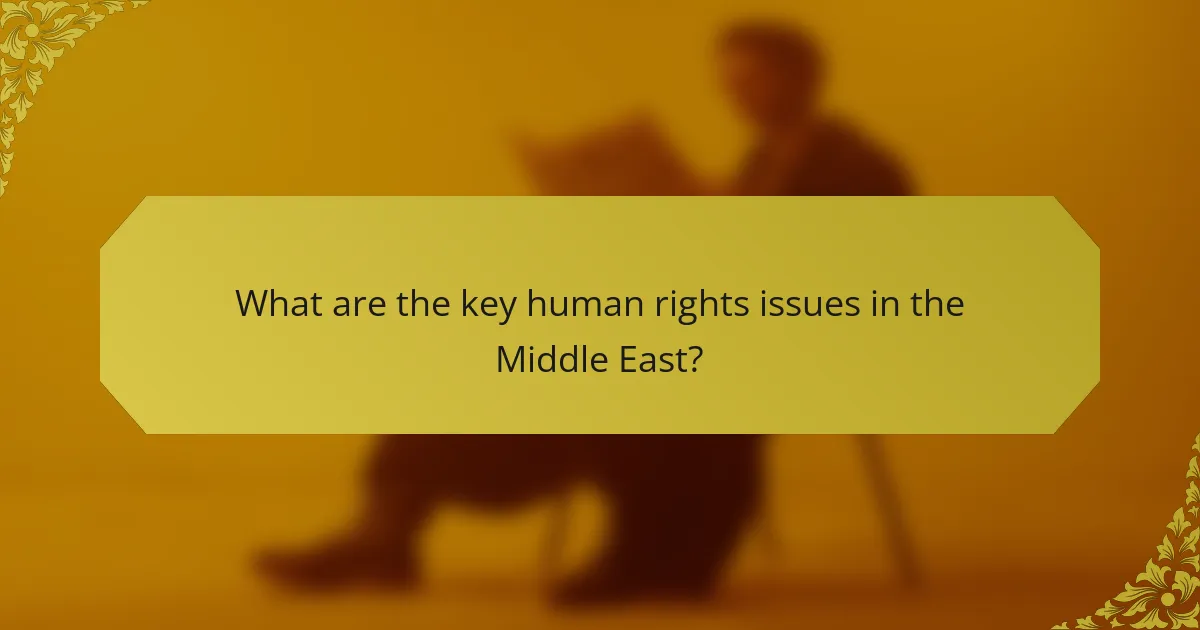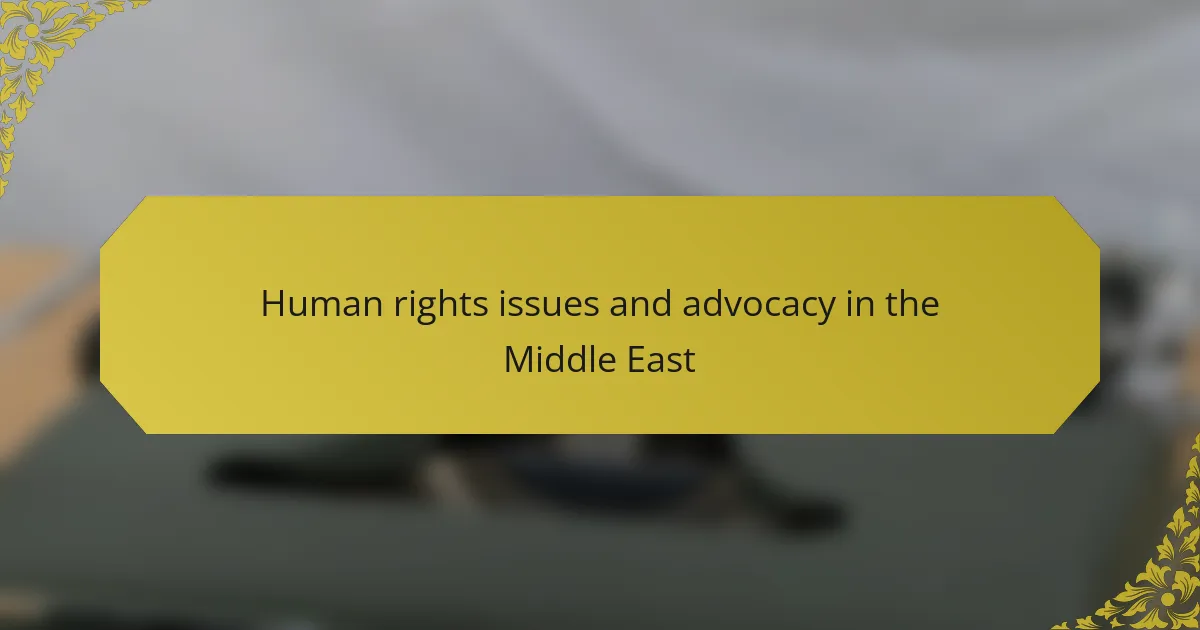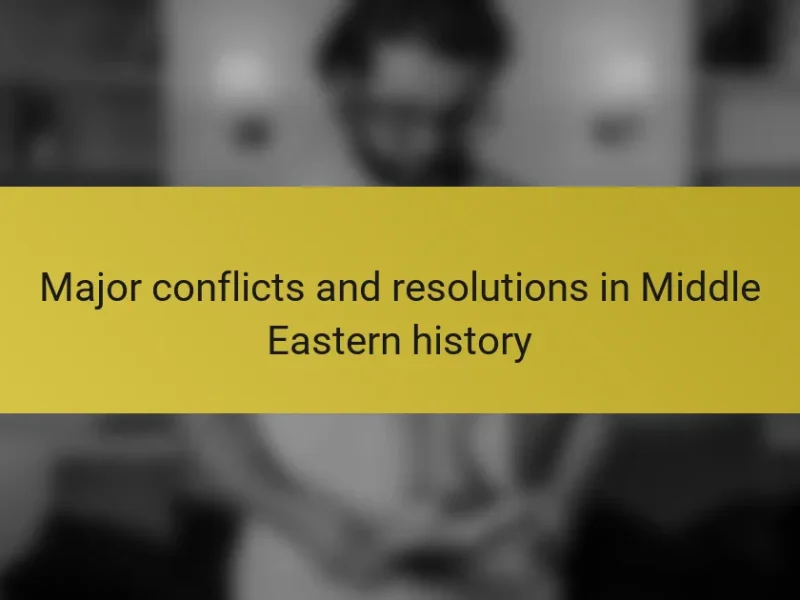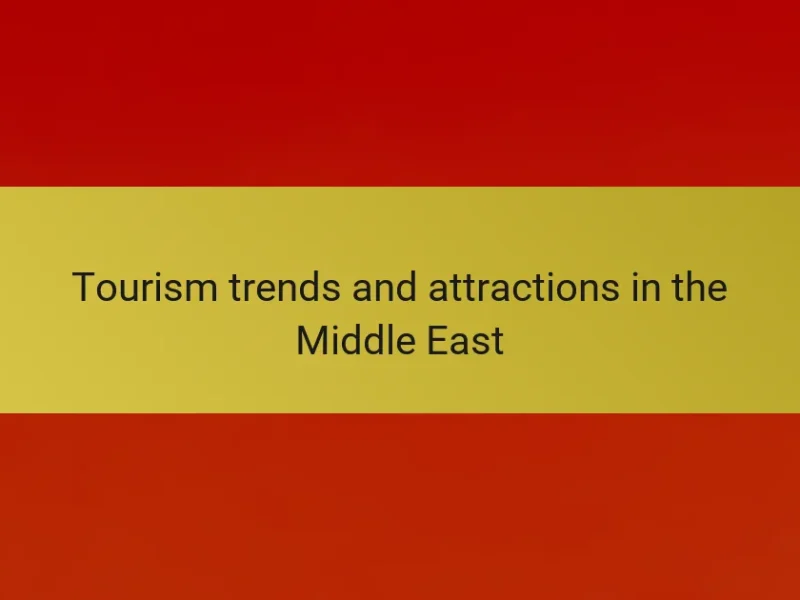
What are the key human rights issues in the Middle East?
Key human rights issues in the Middle East include political repression, lack of freedom of expression, and discrimination. Political repression is prevalent in several countries, where dissent is often met with imprisonment or violence. Freedom of expression is restricted, with journalists facing harassment and censorship. Discrimination based on gender, religion, and ethnicity is widespread. For example, women often face legal and social inequalities. Additionally, minority groups experience systemic discrimination. Reports from organizations like Amnesty International and Human Rights Watch highlight these ongoing violations. The situation is exacerbated by armed conflicts and instability in the region.
How do political regimes impact human rights in the region?
Political regimes significantly impact human rights in the region. Authoritarian regimes often restrict freedoms and suppress dissent. For instance, countries like Syria and Iran have faced international criticism for human rights violations. These regimes frequently employ censorship and limit freedom of expression. In contrast, democratic regimes tend to promote human rights protections. Research by Human Rights Watch highlights that democratic transitions can improve civil liberties. However, even in democratic settings, challenges remain, such as political instability and corruption. Overall, the type of political regime directly influences the state of human rights in the region.
What specific violations are reported under authoritarian governments?
Authoritarian governments are reported to commit various specific violations. Common violations include suppression of free speech and censorship of media. Political dissenters often face imprisonment without fair trials. Torture and mistreatment of prisoners are frequently documented. Arbitrary detentions occur without due process. Freedom of assembly is routinely restricted. Human rights organizations, like Amnesty International, report these abuses consistently. Reports highlight that these actions violate international human rights standards.
How do conflicts influence human rights conditions?
Conflicts significantly deteriorate human rights conditions. They lead to widespread violations, including torture, extrajudicial killings, and forced displacement. Armed conflicts disrupt legal systems and create power vacuums. This results in increased violence against civilians and minority groups. According to the United Nations, conflicts have displaced over 70 million people globally as of 2021. In the Middle East, ongoing conflicts in Syria and Yemen have exacerbated human rights abuses. Reports indicate that in Syria, government forces and armed groups have committed war crimes against civilians. In Yemen, the conflict has led to a humanitarian crisis, with millions lacking access to basic needs. Thus, conflicts severely undermine the protection and promotion of human rights.
What role does civil society play in advocating for human rights?
Civil society plays a crucial role in advocating for human rights. It acts as a watchdog, monitoring government actions and holding authorities accountable. Organizations within civil society raise awareness about human rights violations. They mobilize communities to demand justice and protection of rights. Civil society also provides legal support to victims of abuse. They often engage in policy advocacy to influence legislation. In the Middle East, civil society organizations have documented abuses and reported them internationally. Their efforts contribute to global pressure for human rights improvements.
What organizations are leading the human rights advocacy efforts?
Amnesty International and Human Rights Watch are leading organizations in human rights advocacy efforts. Amnesty International focuses on global human rights violations, including those in the Middle East. It conducts research, mobilizes public opinion, and advocates for policy changes. Human Rights Watch also investigates abuses and reports on human rights issues in the region. Both organizations provide detailed reports and recommendations to governments and international bodies. Their work has influenced human rights policies and raised awareness globally. They collaborate with local organizations to strengthen advocacy efforts in specific countries.
How do grassroots movements contribute to human rights awareness?
Grassroots movements significantly enhance human rights awareness by mobilizing communities and fostering local engagement. They educate individuals about their rights and empower them to advocate for change. These movements often utilize social media platforms to spread information quickly and widely. For example, the Arab Spring showcased how grassroots initiatives could raise awareness about governmental abuses. Additionally, grassroots organizations often collaborate with international human rights groups to amplify their message. This collaboration can lead to increased visibility and support for local issues on a global scale. Research indicates that grassroots efforts can effectively challenge oppressive systems and promote accountability. Thus, grassroots movements play a crucial role in raising human rights awareness in various contexts, including the Middle East.
What international frameworks exist to address human rights in the Middle East?
The international frameworks that exist to address human rights in the Middle East include the Universal Declaration of Human Rights and various treaties. The Universal Declaration, adopted by the United Nations in 1948, sets forth fundamental human rights applicable to all individuals. Additionally, the International Covenant on Civil and Political Rights and the International Covenant on Economic, Social and Cultural Rights are key treaties that many Middle Eastern countries have ratified. These treaties outline specific rights and obligations for states. The Arab Charter on Human Rights, adopted by the Arab League in 2004, also aims to promote and protect human rights in the region. Furthermore, the United Nations Human Rights Council conducts periodic reviews of member states, including those in the Middle East, to assess their human rights practices. These frameworks collectively provide a basis for accountability and advocacy for human rights in the region.
How effective are the United Nations’ resolutions in this context?
The effectiveness of the United Nations’ resolutions in the context of human rights issues in the Middle East is often limited. Many resolutions face challenges in implementation due to geopolitical dynamics. For instance, countries may ignore or reject UN directives based on national interests. Historical examples include the Syrian conflict, where numerous resolutions have had minimal impact on improving human rights conditions. Additionally, the lack of enforcement mechanisms hinders the UN’s ability to compel compliance. The UN relies on member states for enforcement, which can lead to inconsistent application of resolutions. This inconsistency undermines the perceived authority of the UN in addressing human rights violations in the region.
What role do regional organizations play in promoting human rights?
Regional organizations play a crucial role in promoting human rights. They facilitate dialogue among member states on human rights issues. These organizations often establish frameworks for monitoring and reporting human rights violations. For instance, the Arab League has mechanisms to address human rights concerns in its member countries. They also provide platforms for civil society to advocate for human rights reforms. Regional organizations often collaborate with international bodies to enhance their impact. In recent years, they have increasingly focused on women’s rights and minority protections. Their involvement can lead to greater accountability for human rights abuses. Overall, regional organizations are vital in shaping human rights norms and policies within their jurisdictions.
How can individuals support human rights advocacy in the Middle East?
Individuals can support human rights advocacy in the Middle East by raising awareness of issues through social media. Sharing credible information can educate others and mobilize support. Donations to reputable organizations working on the ground can provide essential resources. Volunteering time or skills to these organizations can also make a direct impact. Attending events or protests shows solidarity and increases visibility for human rights causes. Engaging in conversations can challenge misconceptions and promote understanding. Writing to representatives can advocate for policy changes that support human rights. These actions contribute to a broader movement for change in the region.
What actions can be taken to raise awareness about human rights issues?
Educational campaigns can be organized to raise awareness about human rights issues. These campaigns can include workshops, seminars, and public lectures. They can target schools, universities, and community centers. Social media platforms can be utilized to spread information quickly and widely. Sharing personal stories and testimonials can humanize the issues. Collaborations with local NGOs can amplify the message. Engaging influential public figures can attract more attention. Organizing public demonstrations can also raise visibility for the cause.
How can one engage with organizations working on these issues?
One can engage with organizations working on human rights issues and advocacy in the Middle East by participating in their programs. Many organizations offer volunteer opportunities that allow individuals to contribute directly. Attending events hosted by these organizations can also foster engagement. Individuals can support fundraising efforts to help sustain their initiatives. Engaging on social media platforms is another effective way to raise awareness. Joining local chapters or networks can facilitate collaboration with like-minded individuals. Additionally, signing petitions or campaigns organized by these organizations can amplify their impact. According to Human Rights Watch, grassroots involvement significantly enhances advocacy efforts and community outreach.
What are the challenges faced by human rights advocates in the Middle East?
Human rights advocates in the Middle East face significant challenges. These include government repression and censorship. Many governments in the region actively suppress dissent. This leads to arrests and harassment of activists. Additionally, there is a lack of legal protections for human rights defenders. Many advocates operate in environments hostile to their work. Economic instability further complicates advocacy efforts. Limited access to funding restricts their operations. Cultural and social norms can also hinder progress. These factors create a complex landscape for human rights advocacy in the region.
What risks do activists encounter in their work?
Activists encounter various risks in their work, particularly in the context of human rights advocacy in the Middle East. These risks include legal repercussions, such as arrests and imprisonment. Many activists face threats to their personal safety, including violence and intimidation. Surveillance by government authorities is also common, which can lead to harassment. Additionally, activists may experience social ostracism or loss of employment due to their work. In extreme cases, they face the risk of torture or extrajudicial killings. These dangers are heightened in regions with authoritarian regimes, where dissent is often met with severe consequences. Reports from organizations like Amnesty International highlight these risks as prevalent in many Middle Eastern countries.
How do government responses hinder advocacy efforts?
Government responses often hinder advocacy efforts by imposing restrictions on freedom of speech and assembly. These restrictions limit the ability of advocates to organize and express their views. For instance, laws may criminalize protests or dissenting opinions. This creates a climate of fear among potential advocates. As a result, many individuals may choose to remain silent rather than risk persecution. Additionally, government surveillance can discourage open communication and collaboration among activists. In some cases, authorities may target specific advocacy groups, undermining their credibility and effectiveness. Overall, such responses create significant barriers to mobilizing support for human rights issues.
What future trends can be anticipated for human rights advocacy in the Middle East?
Future trends for human rights advocacy in the Middle East include increased digital activism and regional collaboration. Digital platforms allow activists to mobilize support and raise awareness more effectively. The use of social media has been pivotal in organizing protests and sharing information. Additionally, regional coalitions may form to strengthen advocacy efforts. These coalitions can amplify voices and share resources. International scrutiny and pressure may also rise, influencing governments to adopt reforms. Reports from organizations like Human Rights Watch highlight ongoing abuses, prompting global responses. Overall, these trends indicate a shift towards more interconnected and technology-driven advocacy.
How might technology influence human rights movements?
Technology significantly influences human rights movements by enhancing communication and mobilization. Social media platforms allow activists to share information rapidly. This connectivity helps raise awareness about human rights violations. For instance, the Arab Spring utilized social media to organize protests and disseminate real-time updates. Additionally, technology enables secure communication among activists in oppressive regimes. Encrypted messaging apps protect sensitive conversations. Furthermore, online petitions and crowdfunding platforms facilitate global support for local causes. Data collection tools can document abuses, providing evidence for advocacy efforts. These technological advancements empower movements to gain visibility and support on a global scale.
What potential changes in political landscapes could impact advocacy?
Shifts in political landscapes can significantly impact advocacy efforts. Changes such as regime transitions, electoral outcomes, or policy reforms alter the environment for advocacy. For example, a new government may prioritize different human rights issues. This can either enhance or restrict advocacy opportunities. Additionally, international relations can influence domestic policies. A country facing sanctions may be more open to human rights advocacy to improve its global standing. Conversely, increased authoritarianism can suppress advocacy movements. Historical instances, such as the Arab Spring, illustrate how political upheaval can reshape advocacy landscapes.
The main entity of the article is human rights issues and advocacy in the Middle East. The article outlines key human rights challenges in the region, including political repression, lack of freedom of expression, and widespread discrimination. It examines the impact of political regimes on human rights, the role of civil society and grassroots movements in advocacy, and the effectiveness of international frameworks and organizations. Additionally, it discusses the risks faced by activists and the influence of technology on human rights movements, while highlighting future trends in advocacy efforts.


